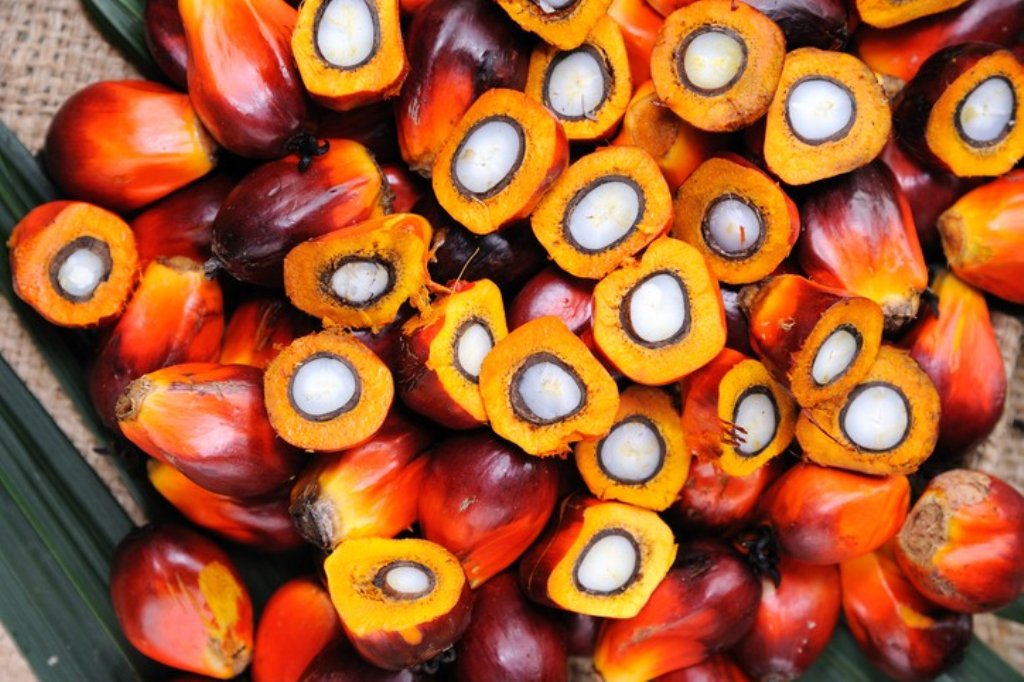
Malaysian palm oil has registered smart gains in the current month in line with the existing demand and supply scenario. Lowering production prospects and improving export demand situation helped spot and futures market of Malaysian and Indian palm oil prices to observe decent price appreciation till now. Domestic prices have gained more nearly 8-10 % over May end prices. Our article on Malaysian palm was published on June 6th, and from this date till now, CPO physical market prices at Kandla have jumped from Rs 682/10 Kgs to Rs 724/10 Kgs (June 19th) while active futures contract of Malaysian palm oil i.e. September contract of CPO at the Kualalampur Commodities Exchange has posted a decent gain from 2341 Ringgits per tonne to 2472 ringgits per tonne as on Friday June 19. The news on Palm oil for June 6th can be accessed at;
https://krishijagran.com/commodity-news/malaysian-palm-oil-markets-expected-to-remain-firm-in-june/
Widening discount from its arch rival Soybean oil has also shifted some of the vegetable oil demand towards Palm oil of late and with countries announcing ease in the lockdown restrictions, overseas trades from Malaysia has also commenced. Improving trade relation between India and Malaysia is encouraging for Indian importers and they had struck fresh deals since May. The MPOA (Malaysian Palm Oil Association) had projected lower production in May month. India had resumed its purchase of Malaysian palm oil in May after a four-month break following a diplomatic row prompted by former prime minister Tun Dr Mahathir Mohamad’s critical comments of India’s new citizenship law and its impact on Muslim minorities in the republic. On the whole, with net demand improving, buyers had to negotiate trades with higher offers in last few weeks.

Lowering production outlook of Malaysian palm oil losses in Malaysia has increased mainly from labor shortage problem, arising due to the corona virus outbreak. This shortage is estimated to lower annual production by nearly 25% versus previous year. In Malaysia, workers in palm plantation are mostly migrant workers from Indonesia, Bangladesh and India rather than the locals. As countries in Southeast Asia struggled to get the Covid-19 outbreak under control, governments had to tighten restrictions on both side travels for workers, which curbed the supply of Labor in the country.
Although palm oil prices are ruling higher but improving demand prospects shall keep prices firm in coming weeks. In latest development, Malaysian Plantation Industries and Commodities Minister Datuk Dr Mohd Khairuddin Aman Razali said that India has plans to import palm oil from Malaysia as it seeks to replenish 25 million tonnes of vegetable oil and fats for local domestic use. This was communicated by Telangana’s Minister of Agriculture Singireddy Niranjan Reddy in a video conference this Friday.
Mohd Khairuddin stated that the state of Telangana is in talks with Malaysian government for co-operation through transfer of technology in the areas of palm oil plantation management, palm oil processing and the ecosystem of the industry. The Malaysian Minister was optimistic in using this opportunity to enhance Malaysia’s oil market in India through promotion and cooperation with the Telengana state government.
All in all palm oil demand remains robust from Malaysian markets and import purchases may rise further rise as India gradually reopens its economy and aims to fill its inventory for the current year. At the same time lower production prospects would mean reduced availability. Therefore possibility of trade deals to be finalized with higher price bargains has increased at present. As long as discount with Soya oil remains quite high, average price levels may remain higher due to shift in demand from soya oil to palm oil. Prices have moved up significantly therefore it is possible that fresh buying interest may emerge after sellers reduce the rates to some extent. But any major fall in prices may not be seen during remaining days of this month since export related queries are likely to remain healthy, against lower production estimates.















